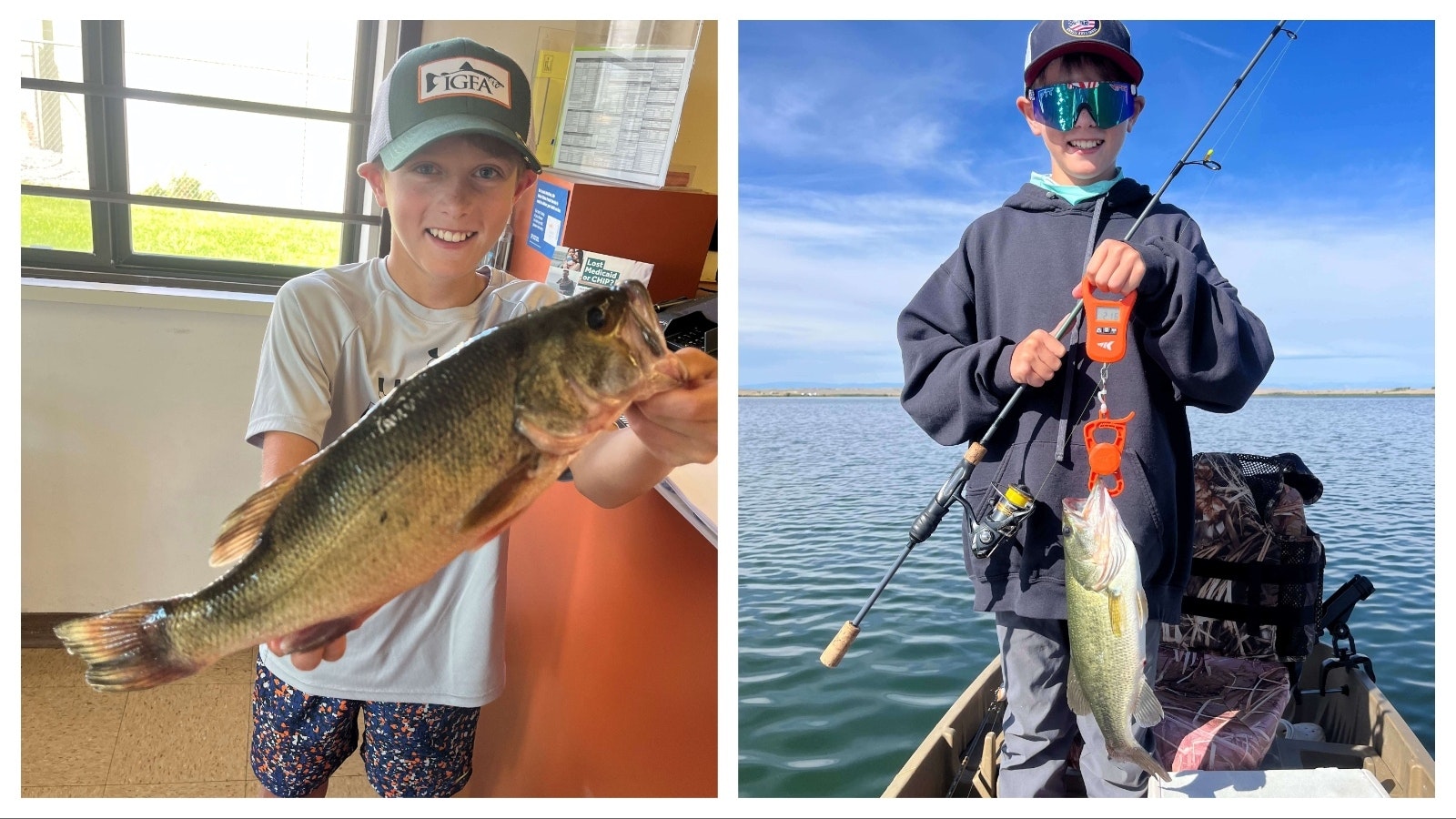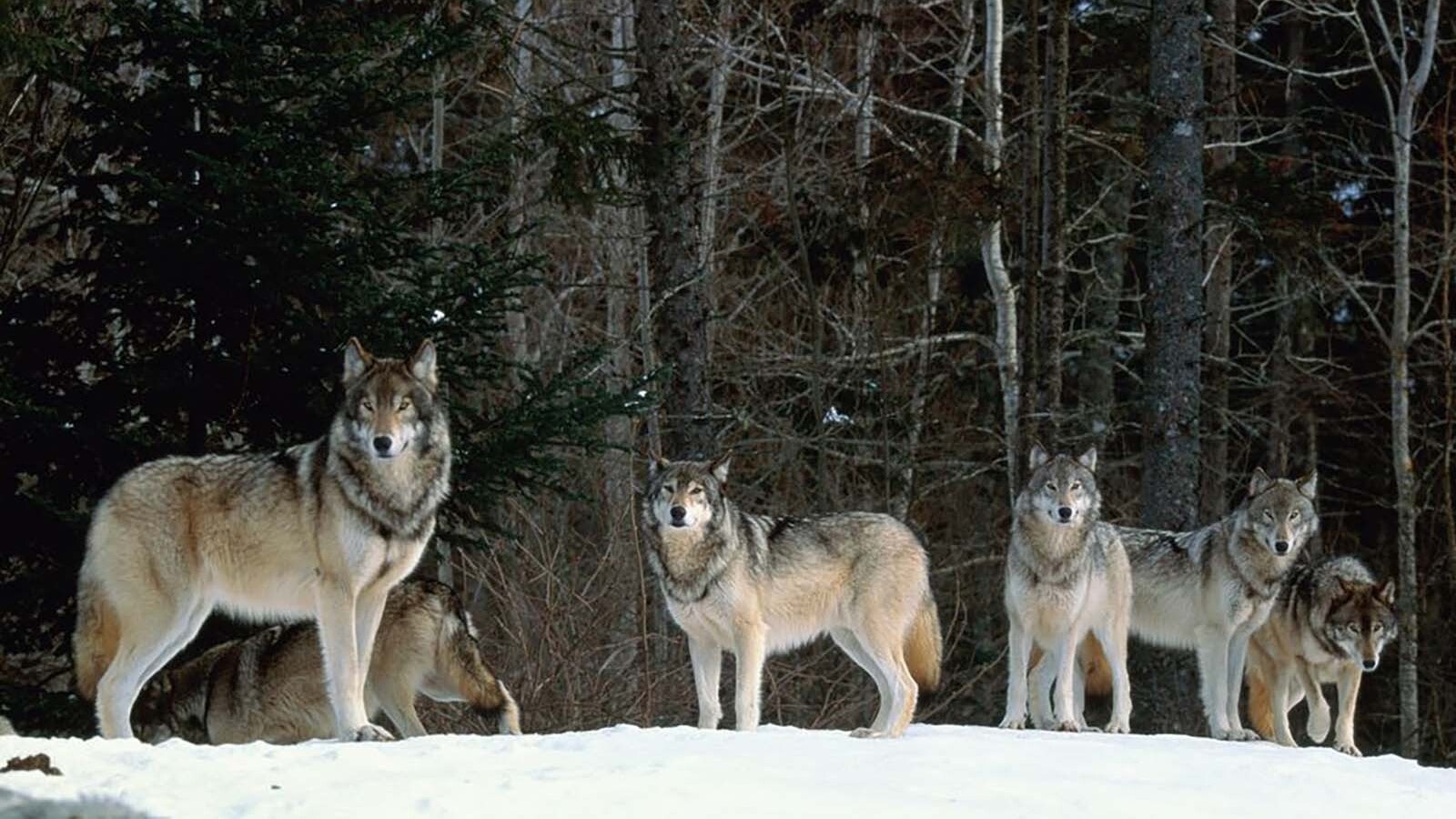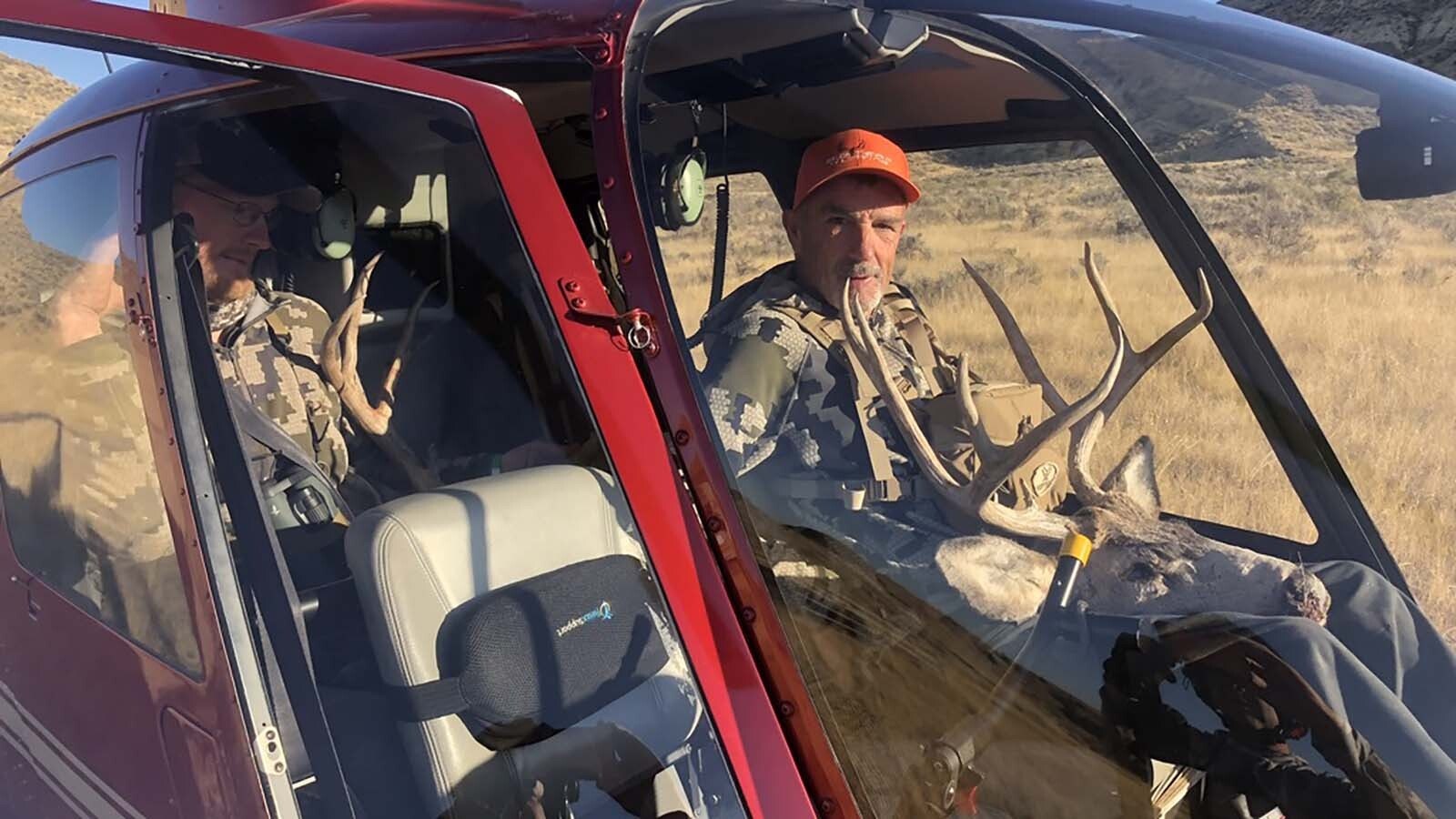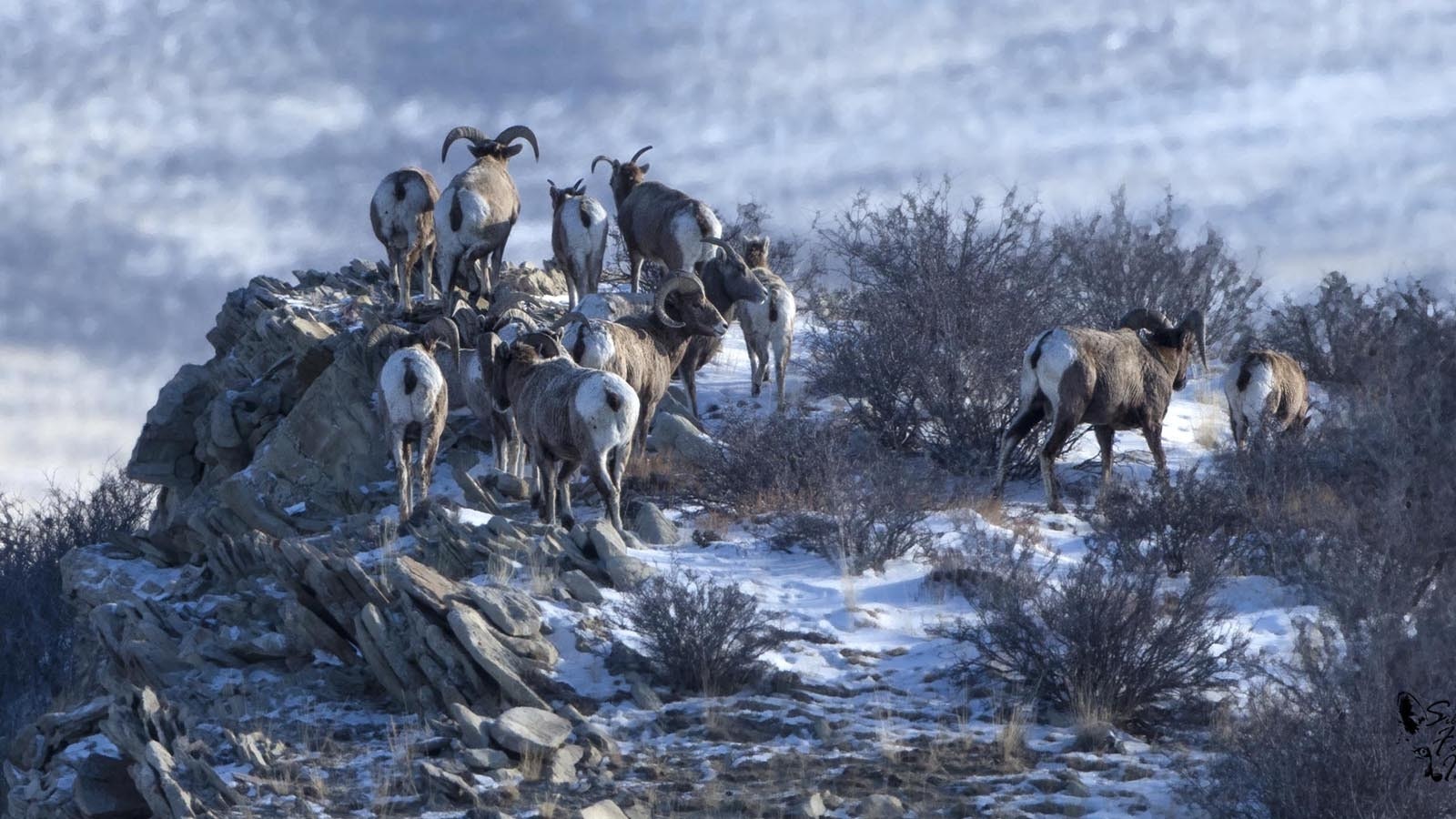After dramatic explosion of Black Diamond Pool in Yellowstone National Park destroyed part of a boardwalk and sent visitors running, the ripped open landscape looks more like a war zone than a tourist attraction.
As scientists try to piece together what happened, they’re recruiting “citizen scientists” to help research the aftermath of the blast.
The National Park Service and the U.S. Geological Survey have put out a call for information about what was and wasn't happening at Black Diamond Pool and Biscuit Basin in the days before the July 23 hydrothermal explosion.
In addition to eyewitness accounts, the agencies want photos and videos of Black Diamond Pool, Black Opal Pool or Wall Pool taken between July 16 and July 23.
"We'll be looking for indications of any anomalous behavior of the pool in the minutes, hours or days before the explosion — even if it is very subtle," said Mike Poland, scientist in charge of the Yellowstone Volcano Observatory. "Especially photos or videos that visitors are willing to share."
Searching For Signs
Hydrothermal explosions are caused by the powerful force of water rapidly expanding into steam. It's a common occurrence in Yellowstone National Park, as it's the primary force behind the eruptions of the park’s famous geysers like Old Faithful and Steamboat.
"While there is a good overall understanding of how and why these events occur — pressure changes and water/steam accumulation in the shallow hydrothermal system — the timing of changes can be difficult to know without direct observations," Poland said.
Detecting hydrothermal explosions throughout Yellowstone is difficult, if not impossible. However, there could be indications of imminent events and explosions in the interconnected thermal areas.
For example, the eruption of Steamboat Geyser in the Norris Geyser Basin drains water from the nearby Cistern Pool. Steamboat and Cistern are separate thermal features, but they are connected through the same subterranean plumbing system.

A Total Surprise
The hydrothermal explosion of Black Diamond Pool, however, was utterly unexpected.
Still, in the days leading up to it, subtle signs might have been present in the other thermal features in Biscuit Basin. That's where Poland and other scientists hope family photos and videos could provide some answers.
"Hopefully, documentation from visitors to this area will allow geologists to better understand whether or not sealing of the hot-water system occurred quickly or more gradually over time," he said.
Superficial, Not Super Volcanic
Biscuit Basin will remain closed to tourists for the rest of 2024. Scientists need to analyze the area to understand its current and future behavior better while the National Park Service assesses the infrastructure damage caused by the July 23 explosion.
Poland said the initial assessment of the explosion's aftermath confirmed that what happened at Black Diamond Pool was a surface event entirely unrelated to the volcanic processes churning deep below Yellowstone.
"The rocks ejected by the explosion are all from the shallow subsurface," he said. "A drill hole in the Biscuit Basin area, done in the 1960s, showed that there's a collection of glacial debris, sandstones and siltstones just beneath the silica sinter at the surface."
The drill hole reached no volcanic rock until hitting a rhyolite layer of "basement rock" 175 feet below Biscuit Basin. While some of the rocks ejected from the July 23 hydrothermal explosion were several feet across, none were from the rhyolite basement.
"Because there was none of that rhyolite basement rock in the explosion debris, we know that the explosion was rooted in that upper 175 feet," Poland said. "This confirms that this was caused by pressure changes in the shallow hydrothermal system."
Citizen Science
The scientists at the Yellowstone Volcano Observatory are among the undisputed experts on Yellowstone's dynamic geological processes. However, their research is augmented by the observations of everyday tourists and dedicated citizen scientists who share their findings.
Anyone who observed the hydrothermal explosion of Black Diamond Pool or has photos and videos from Biscuit Basin in the days before the July 23 event is encouraged to contact the Yellowstone Geology Program.
Poland said these contributions could be "quite helpful" as scientists continue examining Biscuit Basin in the aftermath. Hydrothermal explosions are rarely observed, so getting more information on a significant event in a tourist-accessible area is a unique opportunity to learn more about what's happened just under the surface of Yellowstone National Park.
"It is impossible to monitor all thermal features in Yellowstone directly," Poland said. "There are far too many. Collecting observations made by visitors can be a valuable supplement to what monitoring data do exist, as well as observations made by geologists and Yellowstone National Park staff."
Contact Andrew Rossi at arossi@cowboystatedaily.com
Andrew Rossi can be reached at arossi@cowboystatedaily.com.





